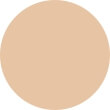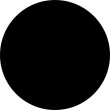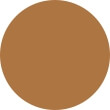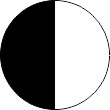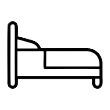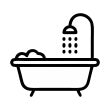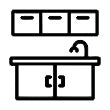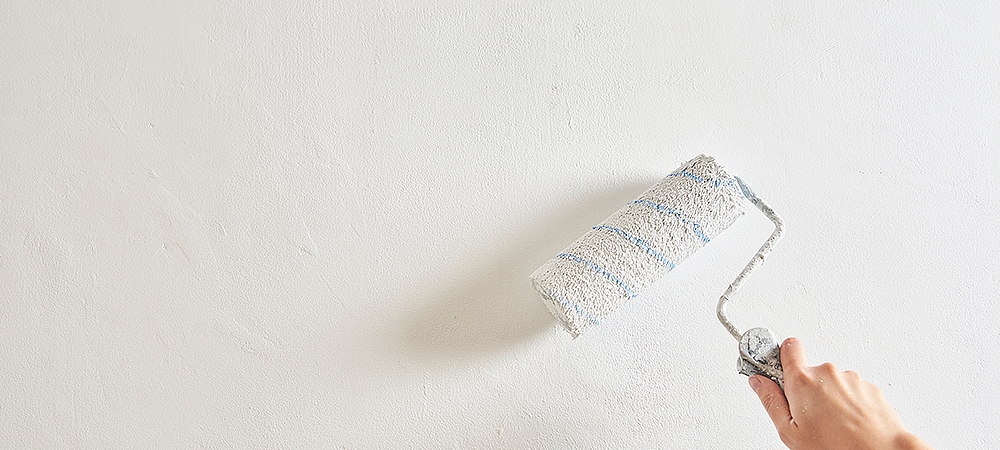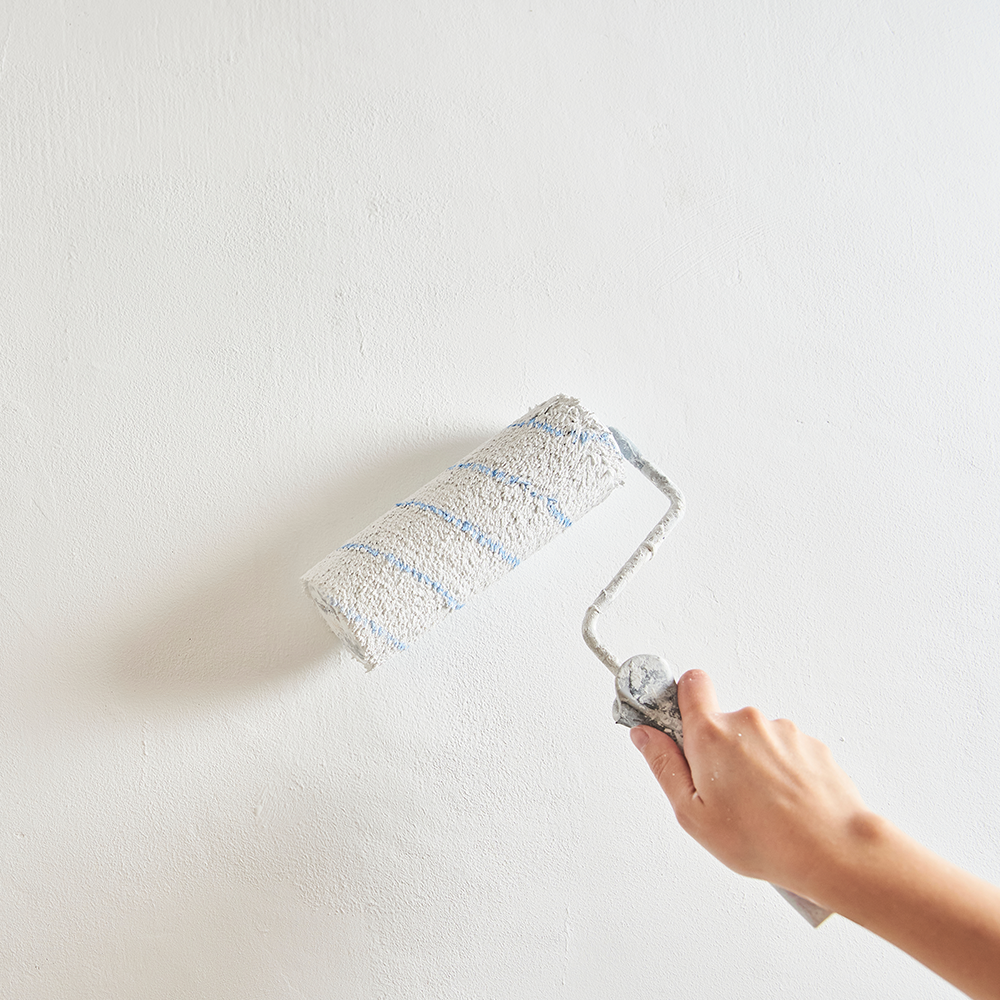How To Prepare Painted Walls For Wallpaper Installation
Successful wallpaper installation requires painting the wall first.
When it comes to removable wallpaper, the type of paint you use on your wall matters. Avoid using stain-blocking, scrubbable, or No VOC paints, as they can make it difficult for the wallpaper to adhere properly.
To ensure that wallpaper can be removed without causing damage to the wall, it is advisable to apply eggshell, satin, or gloss paint finishes for a smooth surface. If you choose matte or flat finish paint, the rougher surface may cause the wallpaper to lift off the wall when removed.
Wallpapers stick more firmly to non-shiny surfaces with matte or flat finish paints because these finishes are more textured and rough compared to glossy surfaces. So, choose your paint wisely!
Avoid using very old matte walls if possible, as they pose the risk of paint lifting once you decide to remove the wallpaper.
The removal process can be impacted by underlying paint quality.
Painted Walls: Your Roadmap To Successful Wallpaper Installation
Are you looking to install wallpaper on painted walls? Follow this roadmap to ensure a successful installation. From prep work to application, get expert tips for a flawless finish.
Recently Painted Walls
- Wet Paints Are Not Your Buddy!
- If you have recently painted a wall, wait at least 4 weeks before applying wallpaper.
- The layers beneath the wall's surface may still contain moisture even if it feels dry to the touch, or the paint colour may be off-gassing. It can result in bubble formation after your wallpaper is installed.
- Low VOC paints emit low-grade fumes for weeks after application, which can cause problems if you install wallpaper over them. The fumes get trapped and can create massive bubbles on the wallpaper.
- So, wait for the paint to fully dry and allow adequate ventilation before wallpapering.
Stain Blocking Walls
- Anything trying to bond with the walls is blocked while using stain blocking paints.
- To find out if a wall painted by a previous owner or tenant can block stains, you need to check it yourself.
- As a general guideline, oil-based paints are more prone to stain blocking. This doesn't mean they all are, but if you suspect the paint is oil based, testing with a sample will be a good idea.
- Getting a sample and trying it on the wall is the only way to test if you have stain blocking paint.
Low Or Zero VOC Paints
- Low or zero-VOC paints are an excellent eco-friendly alternative to other wall paintings. They are also ecological and sustainable because they reduce the number of volatile compounds released into the environment.
- But walls with low or zero VOC paints pose a challenge for wallpaper installation. They cause the wallpaper to lift off from the wall due to improper bonding.
- The wall can be cleaned with a solution of 70% isopropyl alcohol and 30% water, dried completely before hanging the wallpaper.
Cracked Paints On Dry Walls
- If you cover cracks and splits in your drywall with wallpaper, the wallpaper will last only a few years.
- Instead, use joint compound to cover up small cracks and splits up to 1/2 inch in diameter.
- It's important to note that installing any wallpaper directly onto drywall is not recommended. Drywalls are porous and can easily absorb wallpaper paste, causing the wallpaper to peel or blister over time.
- For larger cracks, use drywall tape or patch kits. Smooth things out with sandpaper and finish with a coat of sateen or gloss paint to seal the wall.
- Wallpapers are designed to add visual appeal to your walls and should not be used as a quick fix for wall problems. Use wallpapers thoughtfully for a stunning ambience.
- Applying a primer to the drywall surface before hanging wallpaper helps create a barrier that prevents the paste from being absorbed, ultimately ensuring a successful installation.
- It also prevents moisture from absorbing into the wall and fungus growth.
Cracked Paints On Plastered Walls
- Plaster walls in older homes are likely to develop cracks over time, which can be structural and superficial.
- A structural crack is longer and thicker and moves when pressed on one side. Superficial cracks are thinner and spider-like and occur when the topcoat of plaster degrades.
- To fix the cracks, it's essential to repair the underlying problem instead of just covering it up with paint or wallpaper. A professional painter can repair minor cracks, but hiring an experienced plasterer is best if the cracks are structural.
- You can use a joint compound to fill them in for smaller cracks. Removing the loose plaster and lath is essential for larger structural cracks, then applying a new layer of plaster or drywall tape and joint compound.
- After the repair, you can sand the surface to a smooth finish and then paint or wallpaper as desired.
Latex Paints
- Latex paints have become increasingly popular due to their easy cleanup and low odor, but they can present challenges regarding wallpaper installation.
- Latex paint, also known as water-based paint, should be avoided when installing wallpaper on painted walls. Latex paint can absorb wallpaper paste, resulting in a weak bond between wallpaper and wall surface, leading to poor adhesion and an unsuccessful installation.
- Avoid applying wallpaper on latex paint as it may tear upon removal.
- Suppose you have latex paint on your walls and want to install wallpaper. In that case, it's recommended that you prime the walls with a wallpaper primer before hanging the wallpaper.
Side Note: Moisture
Wallpaper can be used in bathrooms, but it is important to consider the type of wallpaper material you choose and the moisture level in the room.
If the walls in your bathroom tend to get soaked with water, it is important to treat them before installing wallpaper.
Learn more on How To Waterproof Your Walls.
Peel and stick wallpaper will be your best buddy as they are already water repellent and don't require any special treatment to make it waterproof.
However, suppose you opt for Unpasted or Pre-pasted wallpaper. In that case, they are made of paper pulp material which absorbs water/moisture. So, you'll need to treat it to make it water-resistant.
Learn more on How To Waterproof Wallpaper.
Further, it is important to note that waterproofing the wallpaper will make it less breathable and difficult to remove.
So, consider your options carefully and choose a wallpaper that meets your specific needs and preferences.
Additionally, using a mold/mildew-inhibiting paste is recommended. Also, proper ventilation is necessary to install wallpaper in the bathroom successfully.
Frequently Asked Questions
Q: How To Prepare Walls Before Wallpaper Installation?
Ans: Properly preparing your walls before installing wallpaper is crucial to ensure a successful and long-lasting installation. Taking necessary precautions beforehand can prevent potential issues.
Here are the 4 essential steps before wallpapering:
- Ensure the wall is smooth before installing wallpaper.
- Clean the wall thoroughly.
- Check the painted surface and apply primer if required.
- Check for moisture.
Q: What Should I Use To Prime My Walls Before Wallpapering?
Ans: To guarantee that your wallpaper sticks appropriately to the surface without harming the wall, prepare your walls using acrylic, alkyd, or PVA primer, depending on the surface type. Primer acts as a barrier between wall and wallpaper, preventing adhesive from over-bonding with the wall material.
Q: How Long Should You Wait Before Applying Wallpaper To A Freshly Painted Wall?
Ans: To avoid issues with adhesion, wait at least a month before applying wallpaper to a freshly painted wall. If the wall has been primed, one to two days of drying time should be sufficient.
Q: Is It Important To Paint A Wall Before Wallpapering?
Ans: While it's not always necessary to paint a wall before wallpapering, it's generally recommended. A smooth, clean surface will ensure the wallpaper adheres well and looks its best.
Q: Which Paints Work Best With Wallpaper?
Ans: The wall's paint type is important for successful wallpaper installation. Glossy or sateen finishes paints work well, while matte and flat finish paints can be too rough, and the wallpaper can lift off the wall. The quality and age of the paint can also impact the removal process.
